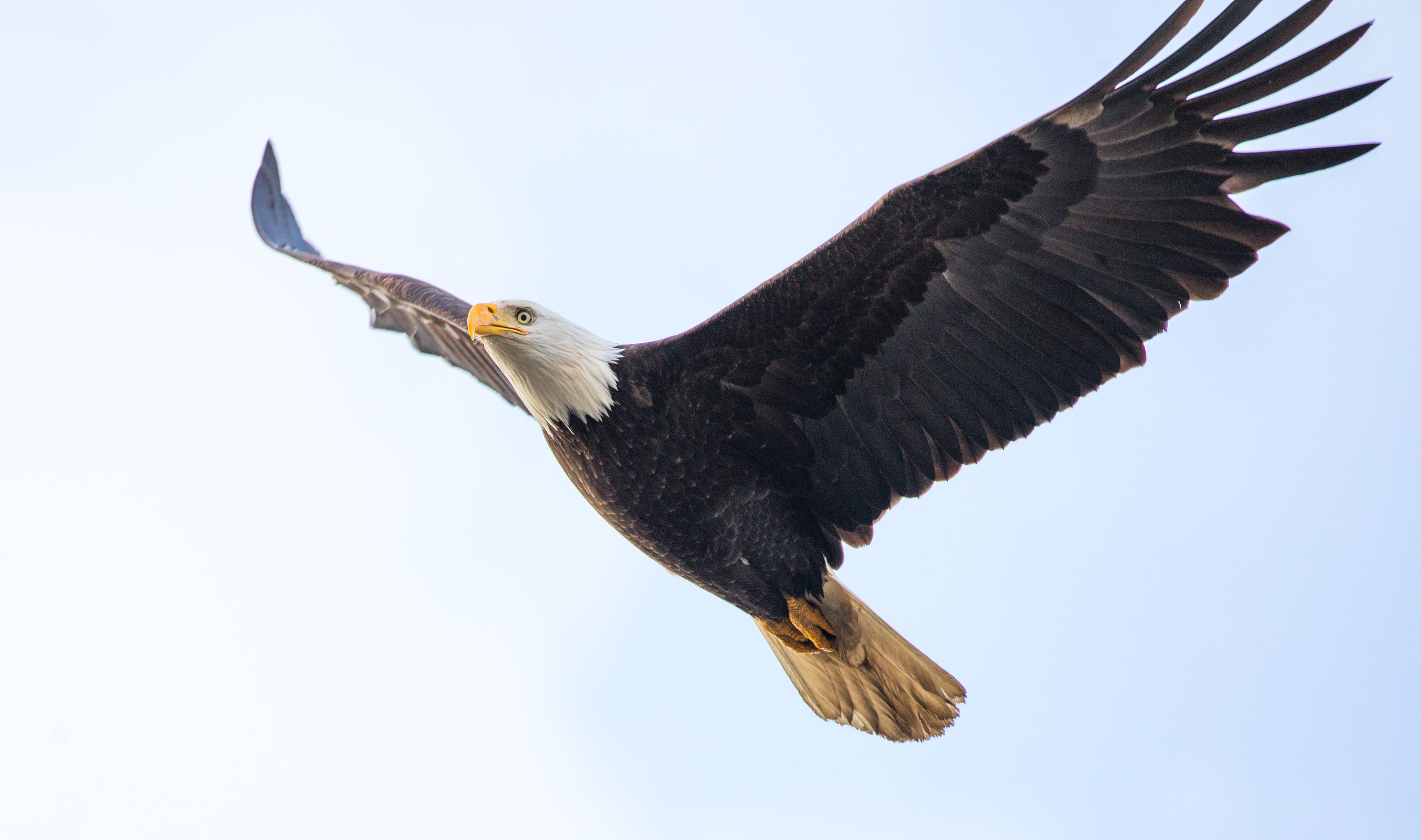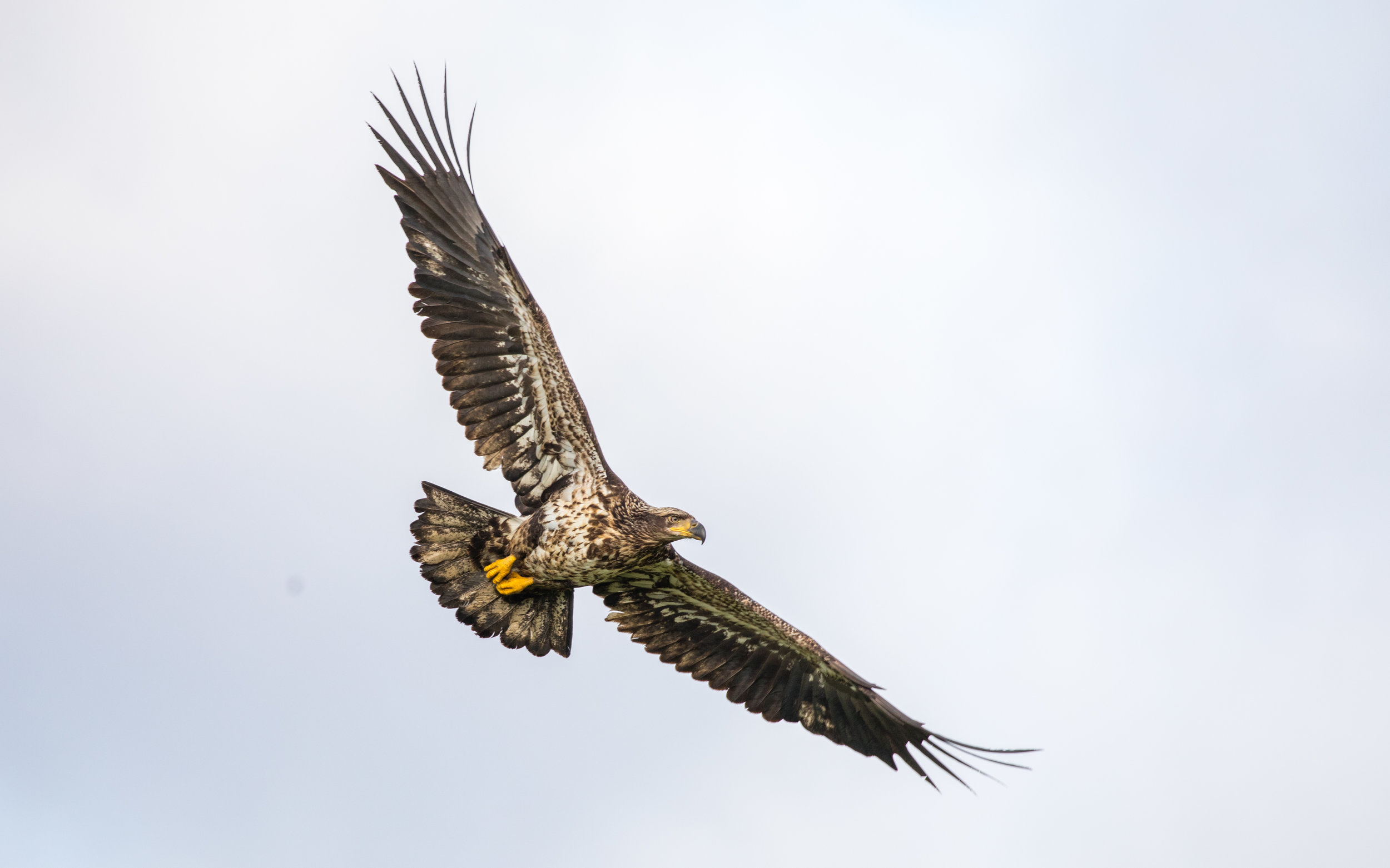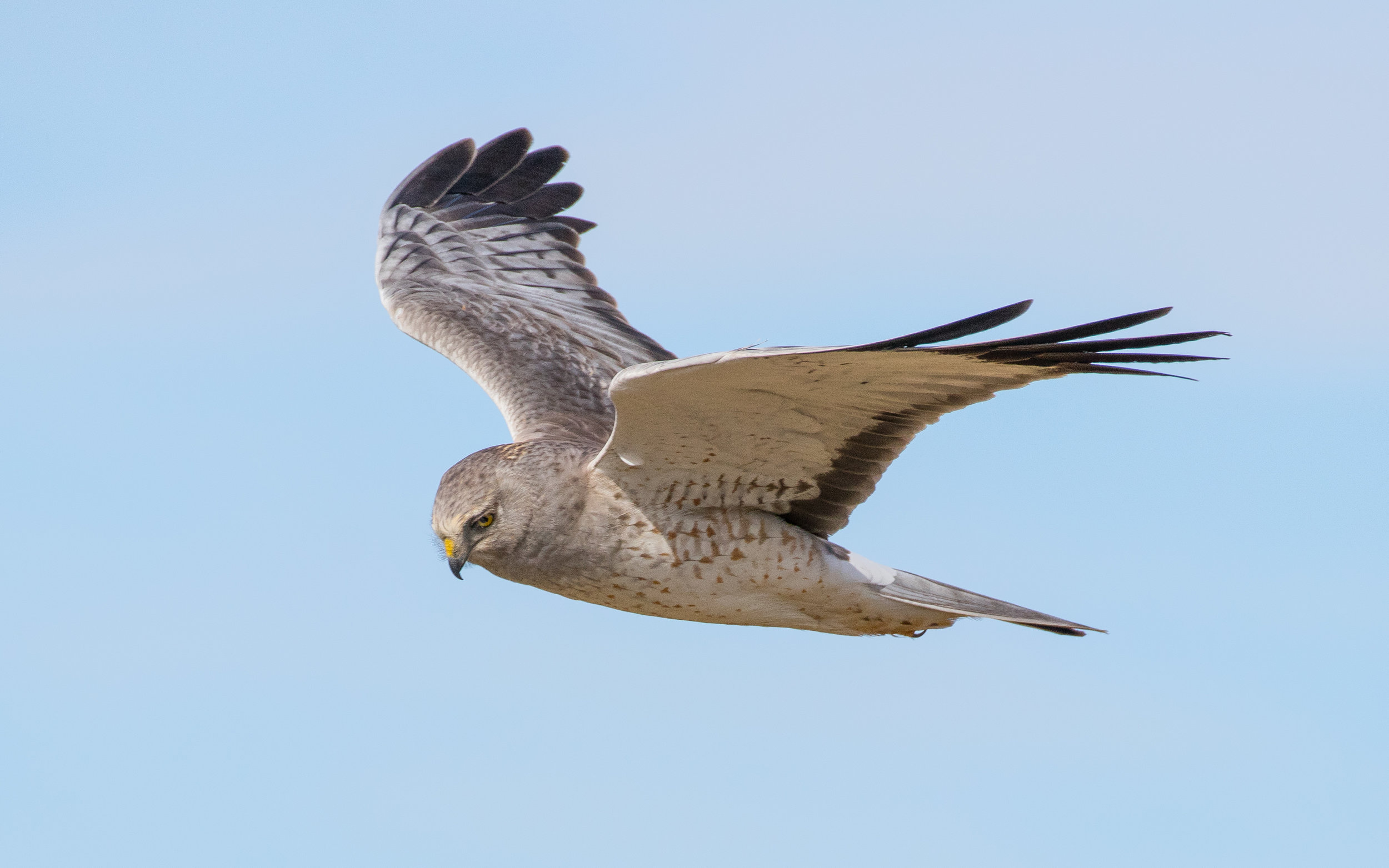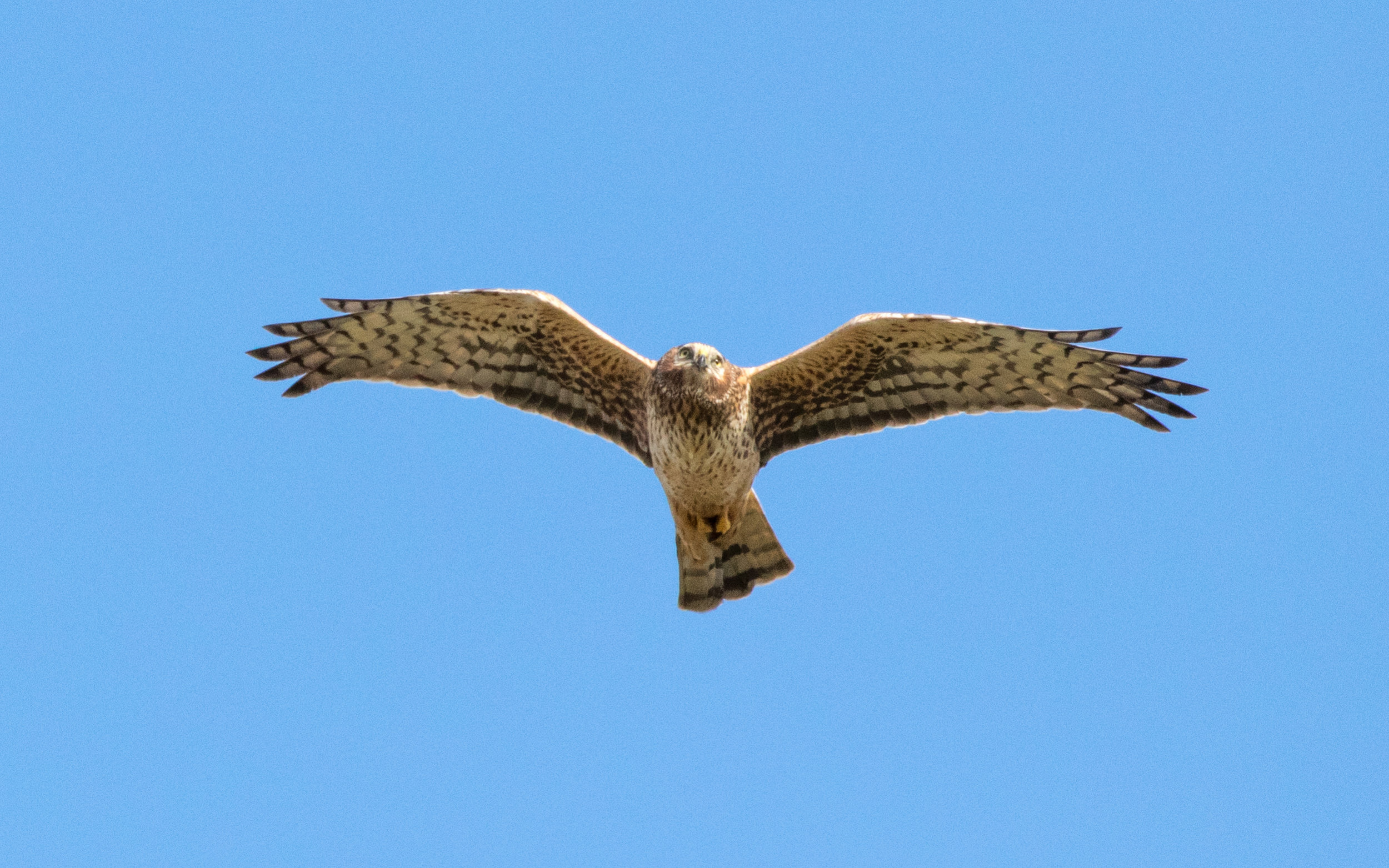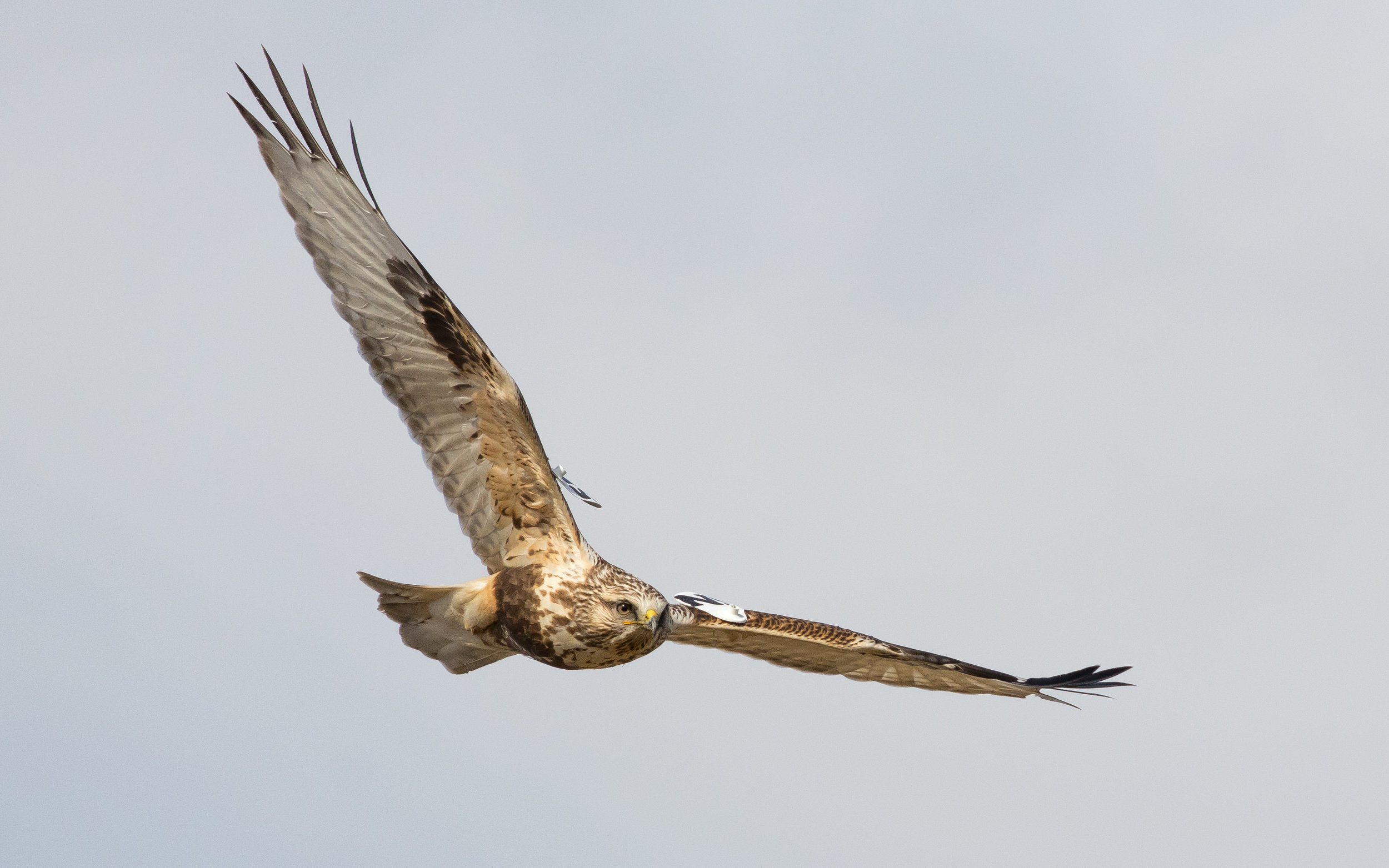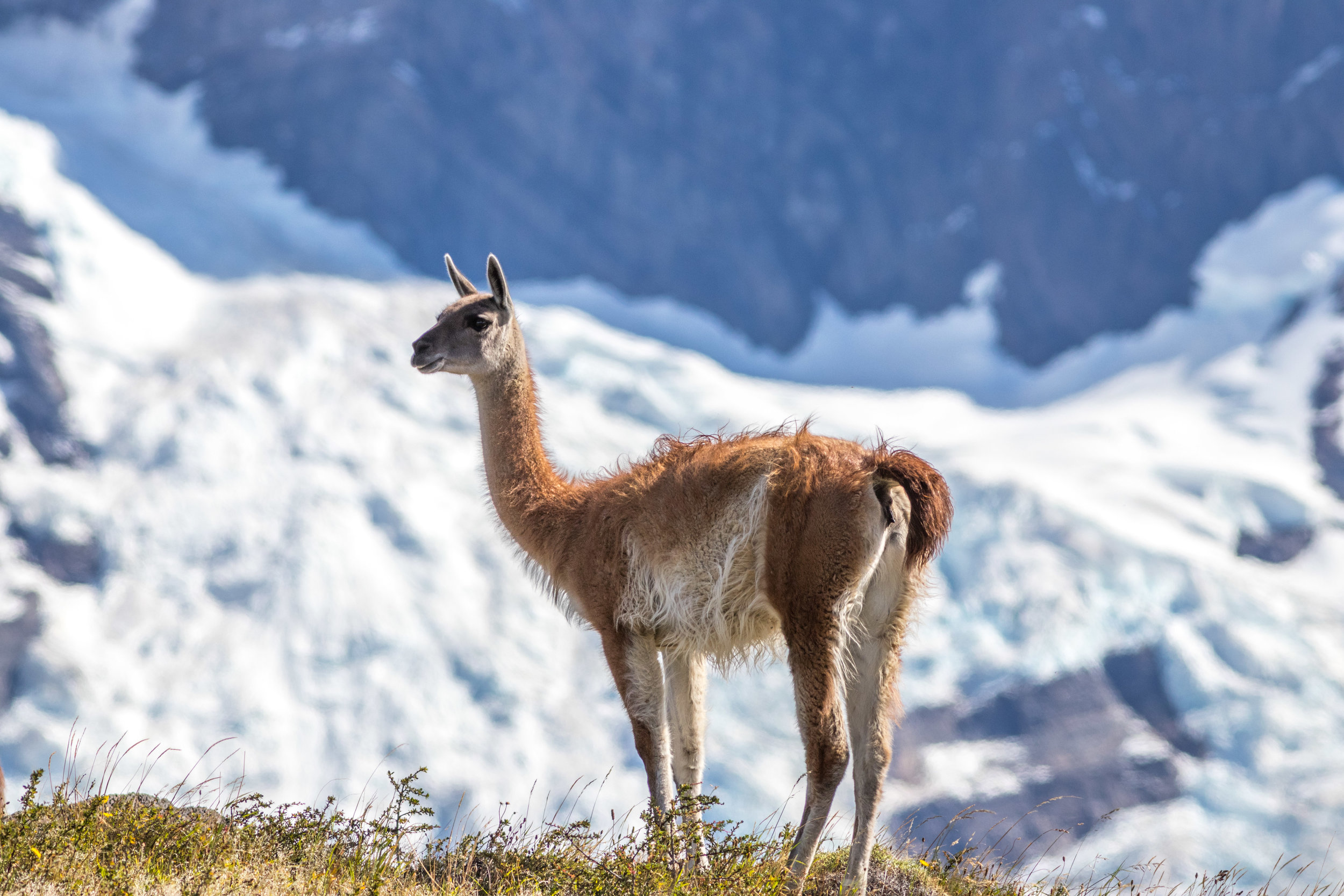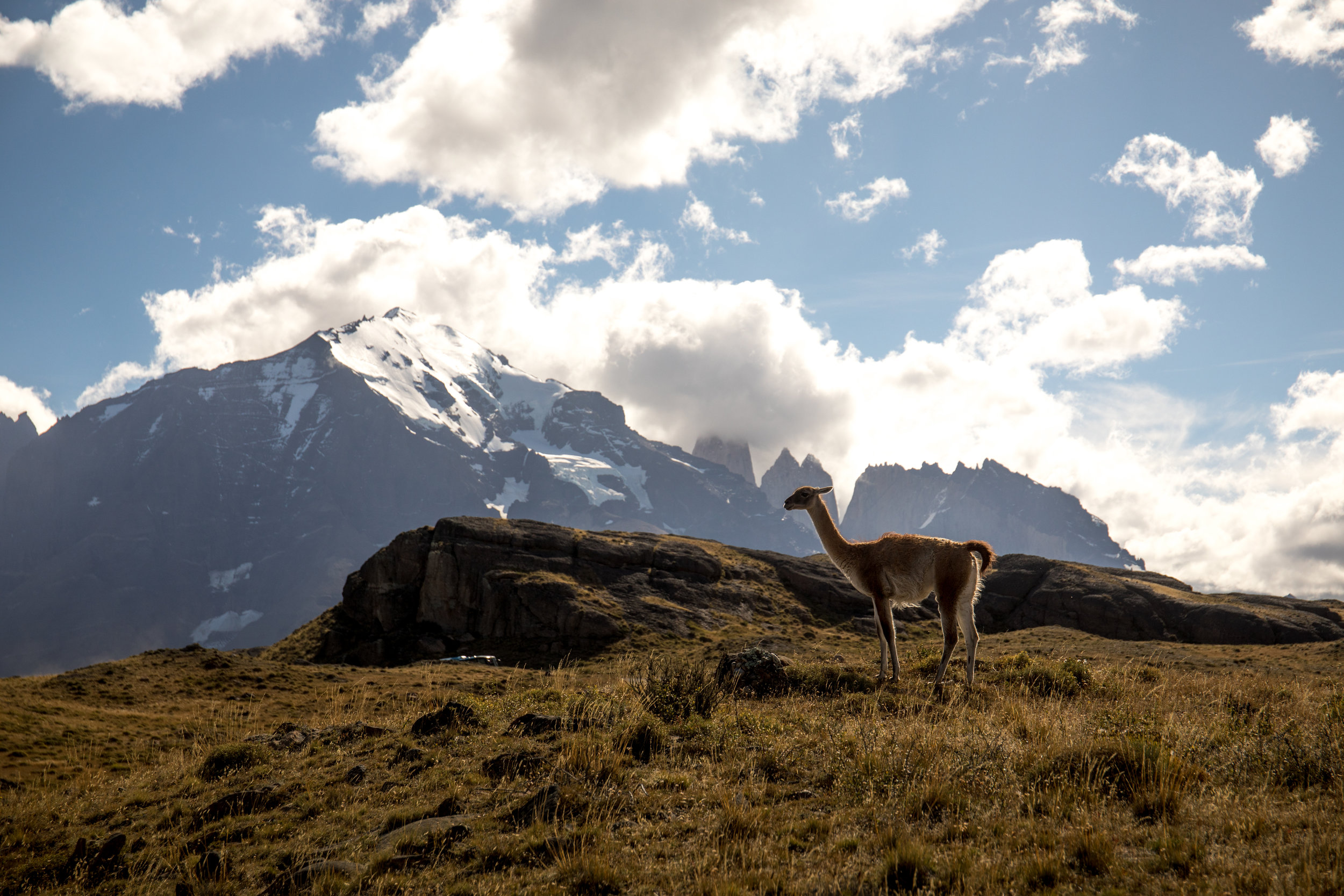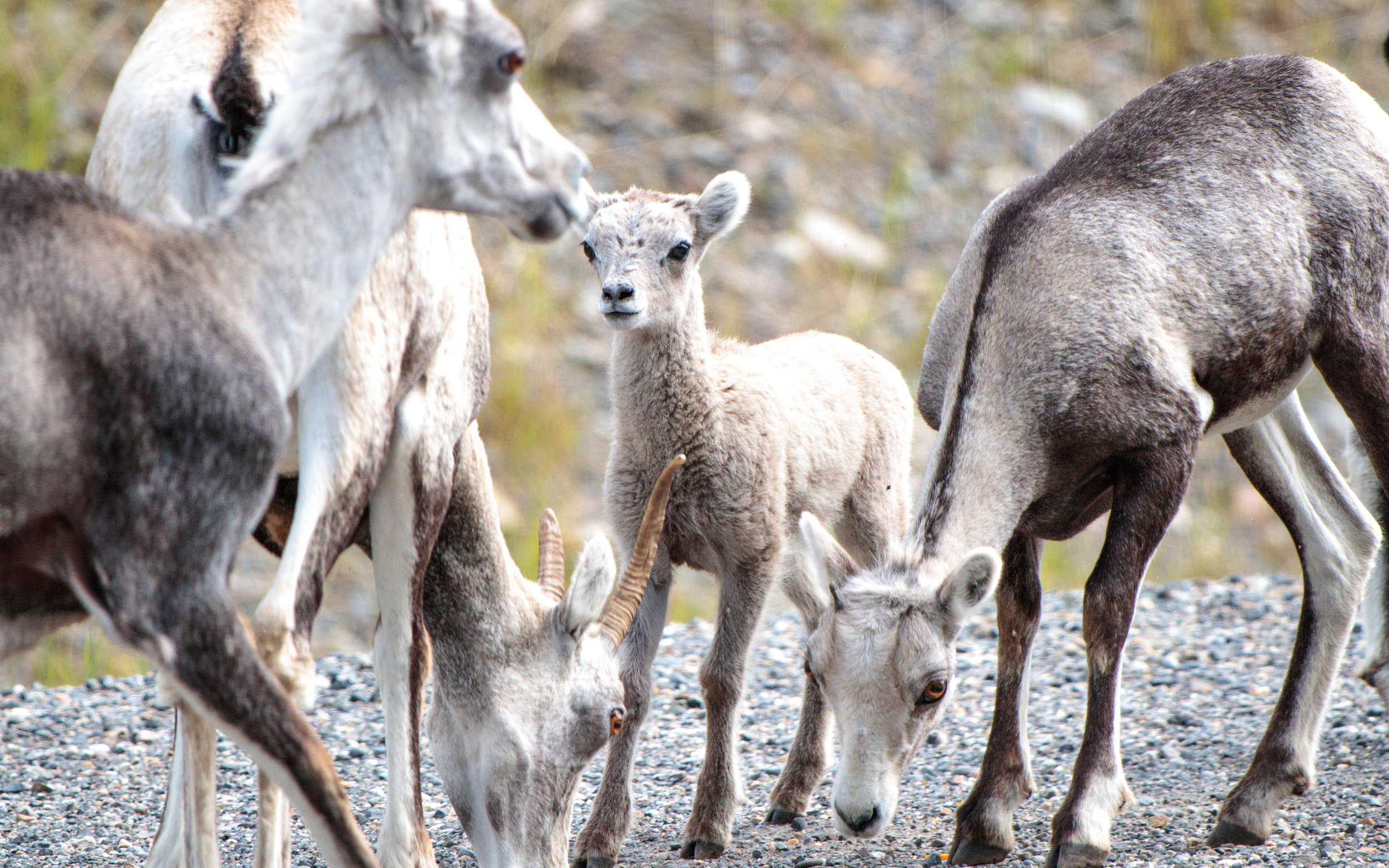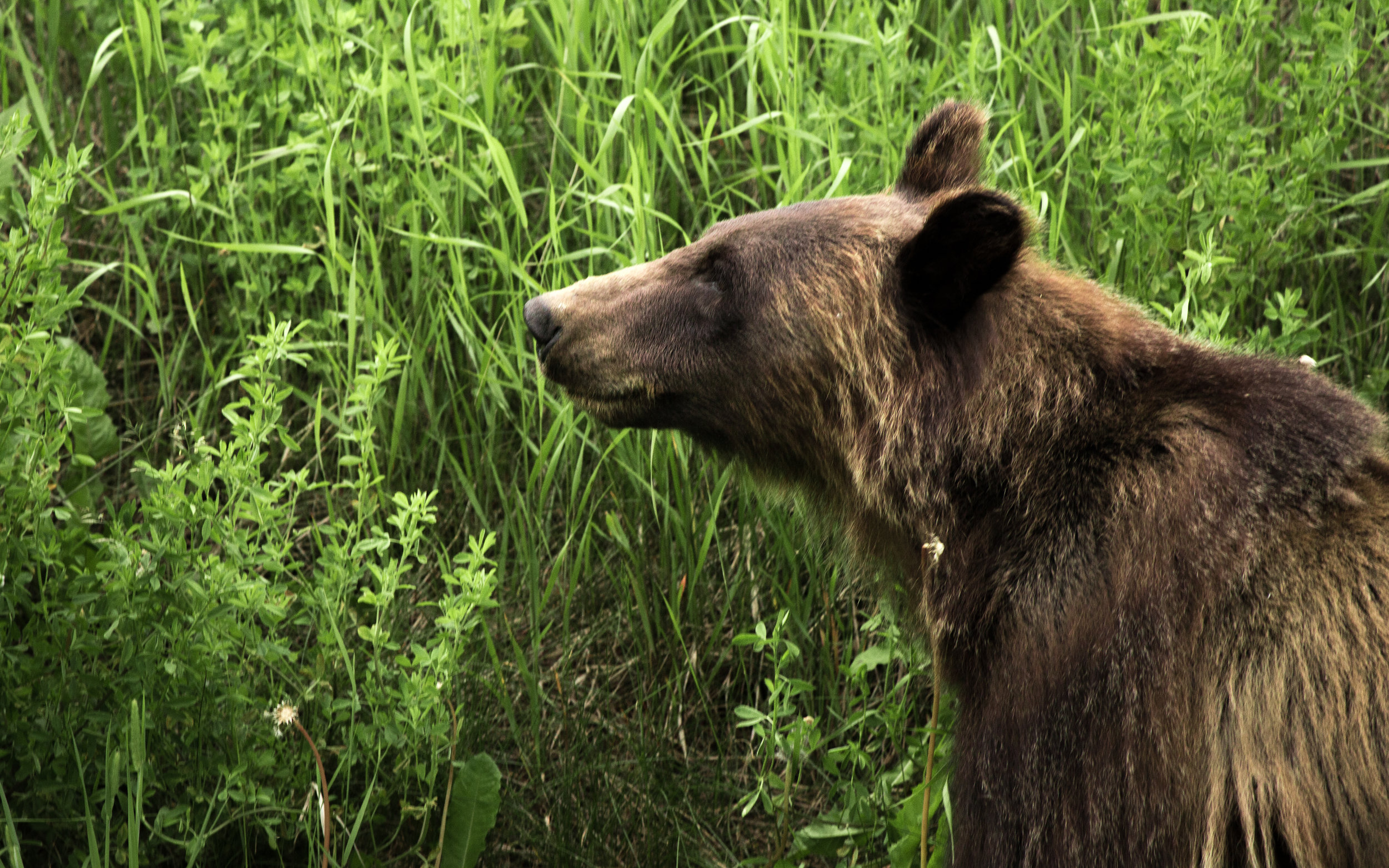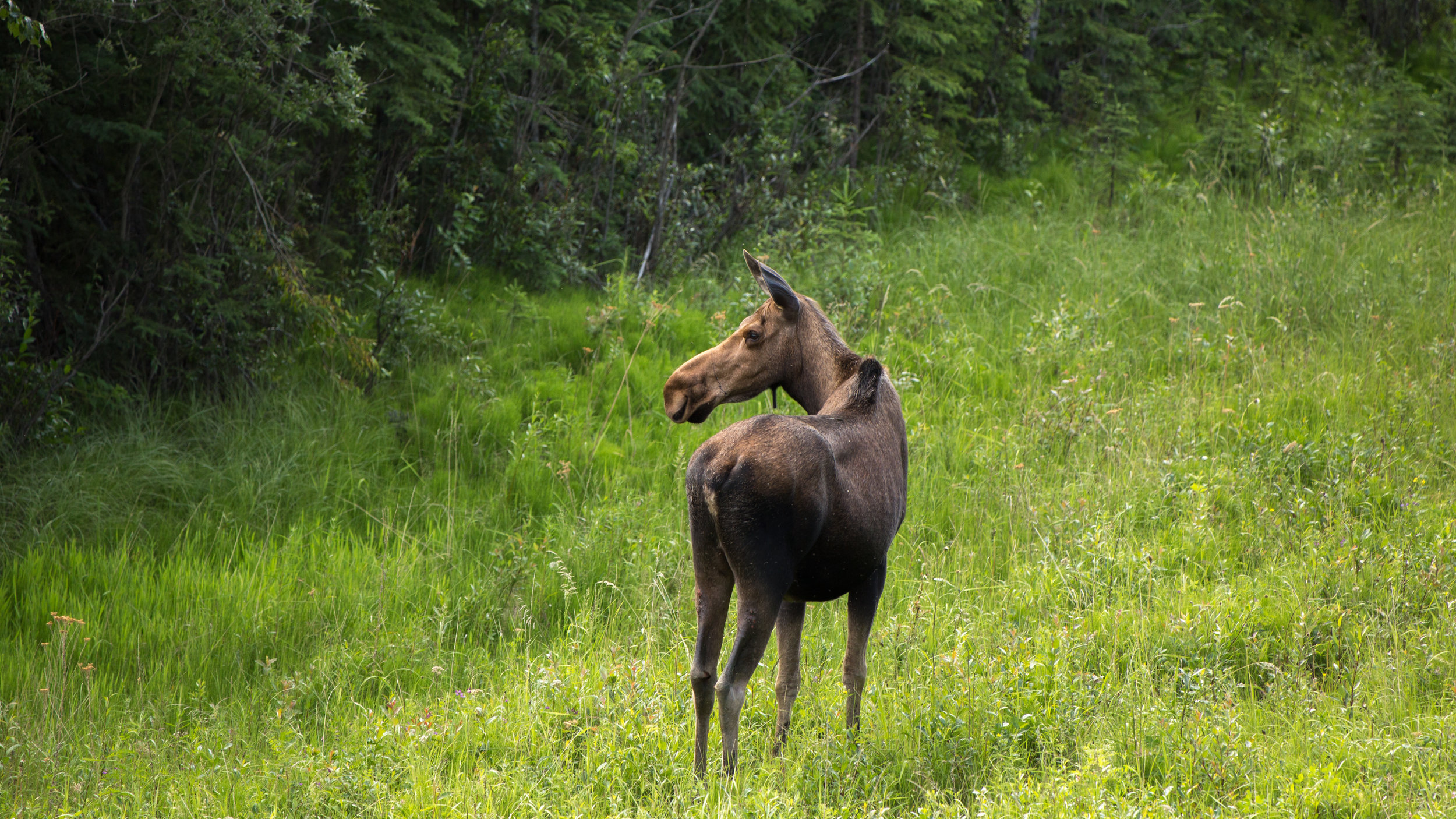We recently had tremendous amounts of snow (by Vancouver standards). So much snow fell that my office shut down for the day. Unfortunately, I only learned of this upon my arrival to the workplace. Instead of going home, I decided to transit down to Boundary Bay, a commute that lasted 3 hours one way due to some transit disruptions. Once I got there, I wandered over to where I had previously seen a few owls, and I waited. I waited some more, until snow started to accumulate on me too. And finally, after sitting motionless in the snow for over an hour, the owl pictured below came right towards me. I didn’t move until I knew it would be close enough to fill the frame, waiting until the last second to fire off a quick burst - the images shown are the result of that. Just look at those eyes! Short-eared Owls (Asio flammeus) have one of the most expansive ranges of any owls, and can be found hunting in open areas such as fields. Here in Vancouver, we're lucky enough to have them year-round! Fun fact: Short-eared Owls can travel long distances over vast expanses of ocean. Witnesses have reported seeing these owls descending on ships hundreds of miles from land. Information provided by e-bird (https://www.allaboutbirds.org/guide/Short-eared_Owl/overview)
Bison bison
Bison (Bison bison) are the largest terrestrial animal in north america, with the largest wild bull ever recorded weighing an impressive 1,270kg (2,800lb). While they once numbered in the millions, hunting caused them to suffer a near complete population collapse. Yellowstone National Park is one of the only places where they have lived continuously since the last ice age, and as such the conservation of this area has been crucial to the survival of the species. These incredible creatures are majestic, resilient, and surprisingly fast. Have you ever been to yellowstone or seen a bison? More yellowstone photos to come soon!
Bald Eagle (Haliaeetus leucocephalus)
I took these photographs near Boundary Bay, British Columbia. The sheer amount of eagles there was incredible, Robert Hechler and I counted over 100 eagles within 3 acres at one point (some individual trees had more than 20!). Adult bald eagles (1st photo) have white heads and tails, with solid brown coloration on their wings and thorax. Juveniles (2nd photo) have a speckled coloration throughout.
Northern Harrier (Circus hudsonius)
Out with my friend Robert Hechler, we chanced upon a pair of northern harriers near Boundary Bay, British Columbia, Canada. These birds were fascinating to watch as they would hover in the wind, scanning the tall grass for their prey. Once they had located it, they would dive down in one fell swoop, before returning to their perch.
Rough Legged Hawk (Buteo lagopus)
I took this photo near Boundary Bay, British Columbia. At first my friend Robert Hechler and I thought it was a large female harrier. The sharp eye of Brad Vissin, a birder form interior British Columbia, was able to make out dark patches underneath the wing wrists and correctly informed us that the bird was indeed a rough legged hawk!
Guanaco (Lama guanicoe)
On my recent trip down to Patagonia, I was impressed to see many Guanacos. Large members of the lama family, these camelids inhabit both the grassland plains (pampas) and mountainous regions of South America. Their wool is prized for its warmth and smooth feel, and they can weight anywhere from 90kg to 140kg.
Stone Sheep (Ovis dalli stonei)
Yet another sighting on our traverse of the Rockies, Ori Nevares and I were lucky enough to see a small herd of stone sheep, a southern subspecies of thinhorn sheep (Ovis dalli).
Grizzly Bear (Ursus arctos sp.)
Crossing the Rockies on the Alaska access highway, we were lucky enough to see a wild grizzly bear in the distance. Called brown bears outside of north america, these are all part of the same parent species, and as such would all be capable of producing fertile offspring if crossbred.
Moose (Alces alces)
As Ori Nevares and I traversed the rocky mountains, we stopped to see a mother moose ( called a cow) signal to her young calf in a glade. These majestic creatures are the tallest animals in North America, and second in weight only to Bison.






